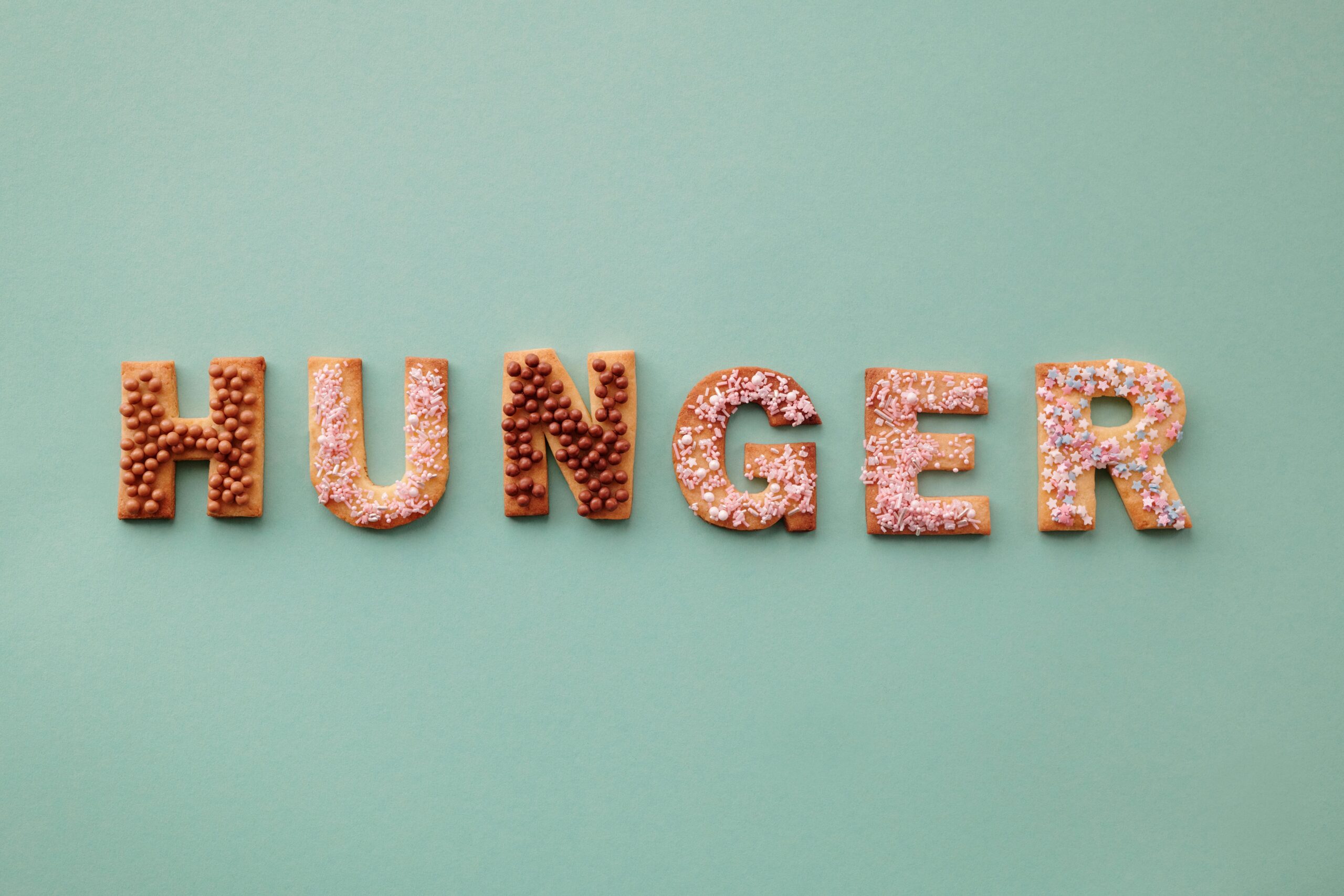The Trussell Trust report highlights the urgent need for a new metric to understand the issue of emergency food assistance, which they have termed “hunger and hardship.” This measure not only accounts for those currently relying on food banks but also identifies individuals, who are likely to be at high risk of becoming dependent on them in the future. A crucial strategy for reducing this reliance is to enhance people’s financial resources, enabling them to withstand unexpected challenges like job loss or sudden expenses without turning to food banks.

Their data shows that food insecurity currently affects 9.3 million people in the UK, including 6.3 million adults and 3 million children. This means that one in seven individuals and one in five children are experiencing food deprivation. Alarmingly, the levels of food insecurity have risen by over a third compared to two decades ago.
To determine the need for emergency food assistance, a household is considered food insecure and financially strained if its available resources fall more than 25% below the poverty threshold defined by the Social Metrics Commission. This poverty line is calculated based on a family’s total financial means, including their income, housing costs, savings, and other essential expenses such as childcare and debt repayments. By accounting for these comprehensive factors, the poverty threshold accurately reflects the actual financial resources people have to cover their basic living costs.
Using national statistics this means there are approximately 650 people in Okehampton affected by hardship.
Uncover the truth – read the report
